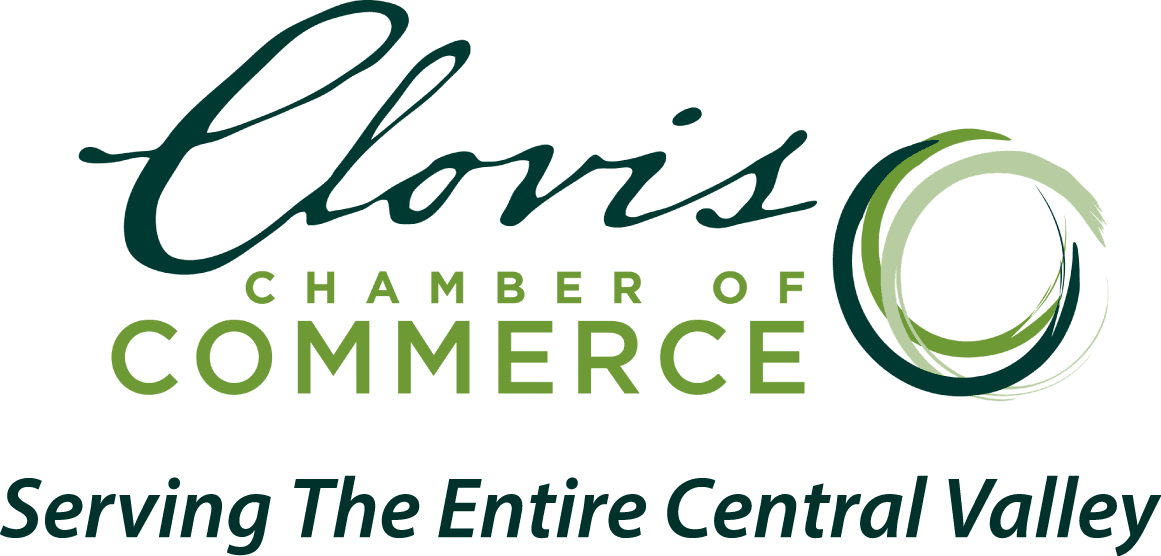An Overview of Chapter 7 Bankruptcy
Not everyone qualifies for Chapter 7 bankruptcy. To be eligible to file under Chapter 7, you must pass a means test that weighs your income against your debts to determine if you have enough disposable income after paying your monthly expenses to satisfy some or all your debts. If you do not meet the criteria under this test — in other words, if you do have significant disposable income — there are alternatives, such as Chapter 13 bankruptcy, that can help you manage your debt.
What You Need to File for Chapter 7 Bankruptcy
In order to complete the filing process under Chapter 7, you must file a petition for bankruptcy and provide the following additional information:
- A list of all your creditors, indicating the type (mortgage, car loan, credit card, etc.) and how much is owed
- The source of your income, the amount, and the frequency of payment
- A list of your real properties, vehicles including off road types, household goods and furnishings, jewelry and clothing, retirement accounts, life insurance policies, bank accounts and any other assets that have value.
- Your monthly living expenses
Our office will provide you with a questionnaire to help you list all of the required information.
Debtor and Creditor Rights and Obligations
After a Chapter 7 bankruptcy is filed, a bankruptcy trustee is assigned to review the debtor’s case and conduct an investigation.
It is important for both debtors and creditors to be aware of the requirements that take effect after the action is filed, including the following:
- Creditors are no longer allowed to contact debtors for debt collection purposes
- An individual’s creditors must receive notice of a debtor’s bankruptcy proceeding
- Credit counseling obtained and filed with the court






